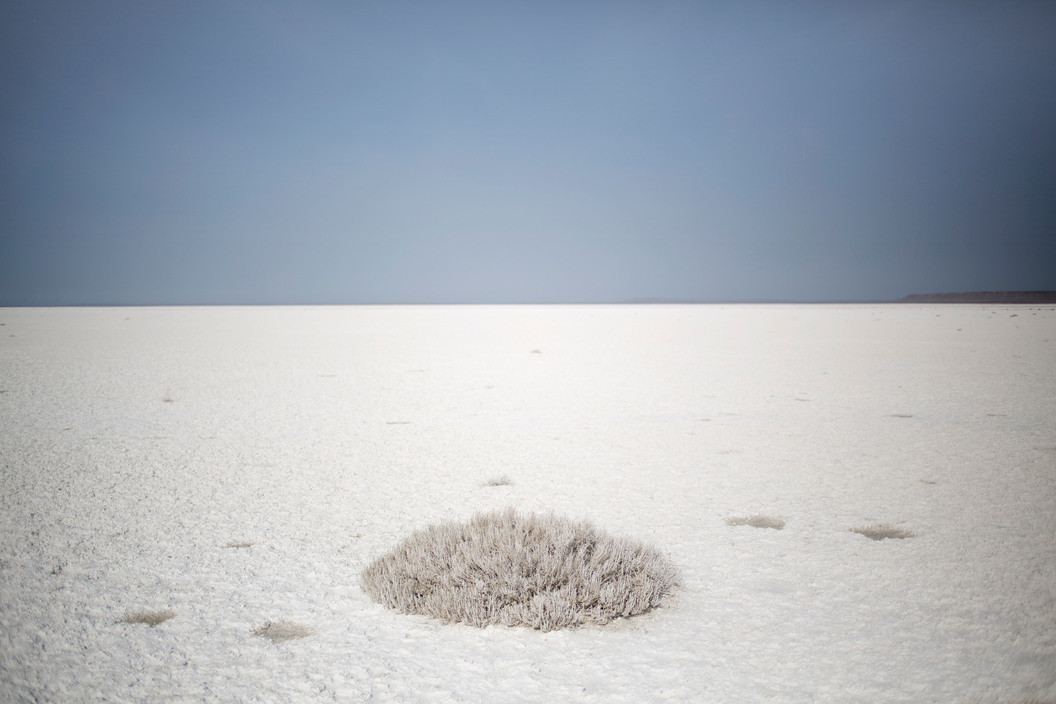

In contrast to this phase of the arid climate, both rivers became shallow,
the level of the Aral Sea also fell and the degree of salinization of the Aral Sea region increased.
In historical time since
discovered ancient Khorezm changes in the level of dependence, to some extent, on climate change,
but mainly from irrigation activities in the mining sector on both rivers. During periods of steady
development of the countries adjacent to the Aral Sea, an increase in land irrigation led to the
withdrawal of most of the water
for this purpose, and the water level in the Aral Sea was consumed.During unfavorable
periods in
region (wars, revolutions, etc.), irrigated lands were reduced, and the rivers and the Aral were
filled again
water.
The results of these works were summarized in 1908.
L. Berg in his famous work “Essay on the history of the Aral Sea research”, where he states,
that none of the Greek and Roman authors had a direct or indirect mention of
Aral Sea, but many of them talk about Oksa (Amu Darya) and Aksart (Syr Darya), it is not clear where
falling in. According to the famous Khorezm scholar Al Beruni, who died in 1048,
Khorezmians leading their chronology from 1292 to the birth of Christ testify to
the existence of the Aral Sea.
Geological and hydrological surveys carried out by A.S. Kes and all around
outstanding geographers in the 80s of the last century showed that the Amu Darya and Syr Darya,
constantly
changing their routes and migrating through the system of Central Asia in the historical period
often did not reach
Aral Sea, the Aral Sea dried up, and a desert area formed on its territory.